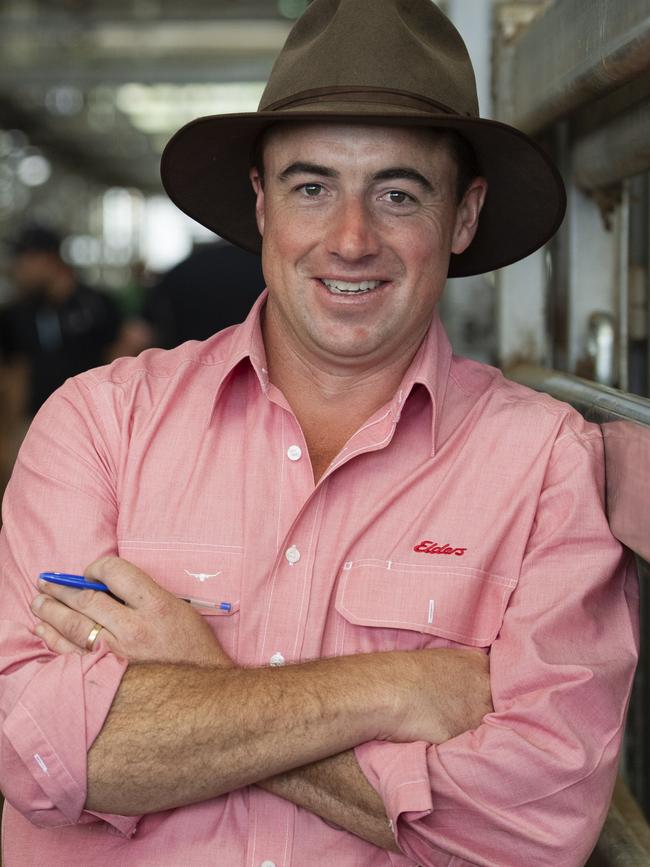How are farmers tracking in the lead up to the autumn break
An analysis of rainfall figures shows most districts have failed to record 25mm of rain in the past two months, as cropping producers prepare for planting.

The start of autumn has proved a fizzer in Victoria with some centres recording as little as 1mm of rain since the start of February.
An analysis of rainfall figures from the Bureau of Meteorology shows most districts have failed to record 25mm of rain in the past two months, with western Victoria among the hardest hit.
Of the 37 weather stations monitored by The Weekly Times, 28 have received less than 25mm – or an inch on the old scale – since the start of February.
January, however, was wetter than average across most parts of Victoria.
According to the analysis, Hamilton in the Western District has received just 1.2mm of rain since the start of February, with other dry districts including Charlton (1.4mm), Casterton (2.2mm), Bendigo and Stawell (2.6mm), Ballarat (2.8mm), Geelong and Warracknabeal (3mm).
Brent Sheahan who farms at Dumsoa near Wycheproof, said the weather had dried off significantly since the beginning of the year.
“Our sowing program starts about April 10. If it continues to stay dry we might hold off on some plantings,” he said.
“The rain for earlier in the year is more sub-soil mostiure so we will definitely need a break.”

At Horsham, agronomist Matthew Sparke said conditions had been warm and dry and growers were in a holding pattern.
“North of Horsham everything is the norm but further south growers are wanting to see an autumn break,” Mr Sparke said.
“There’s no indication of when we will get a true break.
“If we don’t get a wet winter and spring that moisture in the soil from the early summer rain could be really valuable”.
Elders Albury livestock agent Brett Shea said producers in the North East were looking for 20-30mm of rain in the next seven to 10 days.

“The general consensus is that it is a traditional dry autumn period in this area,” Mr Shea said.
“The feed that shot from the rain early this year disappeared pretty quickly when we got a run of warmer weather.
“The country is very dry but that isn’t unusual for us at this time. We have seen a sharp decline in the fat market which has been driven by secondary cattle.”




